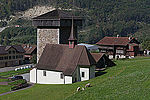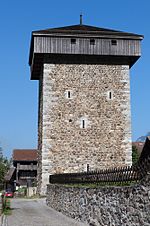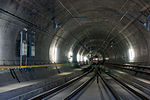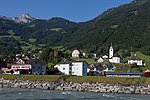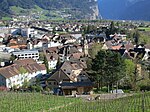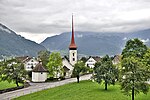Canton of Uri

The canton of Uri (German: Kanton Uri [ˈuːʁi] Romansh: Chantun Uri; French: Canton d'Uri; Italian: Canton Uri) is one of the 26 cantons of Switzerland and a founding member of the Swiss Confederation. It is located in Central Switzerland. The canton's territory covers the valley of the Reuss between the St. Gotthard Pass and Lake Lucerne. The official language of Uri is (the Swiss variety of Standard) German, but the main spoken dialect is the Alemannic Swiss German called Urner German. Uri was once the only canton whose children in school had to learn Italian as their first foreign language, but in the school year of 2005/2006, that was changed to English, as in other Central and Northeastern Swiss cantons. The canton's population is about 35,000, of which 3,046 (or 8.7%) are foreigners.The legendary William Tell is said to have hailed from Uri. The historical landmark Rütli lies within the canton of Uri.
Excerpt from the Wikipedia article Canton of Uri (License: CC BY-SA 3.0, Authors, Images).Canton of Uri
Panoramaweg,
Geographical coordinates (GPS) Address Nearby Places Show on map
Geographical coordinates (GPS)
| Latitude | Longitude |
|---|---|
| N 46.783333333333 ° | E 8.6166666666667 ° |
Address
Furt
Panoramaweg
6472
Uri, Switzerland
Open on Google Maps


